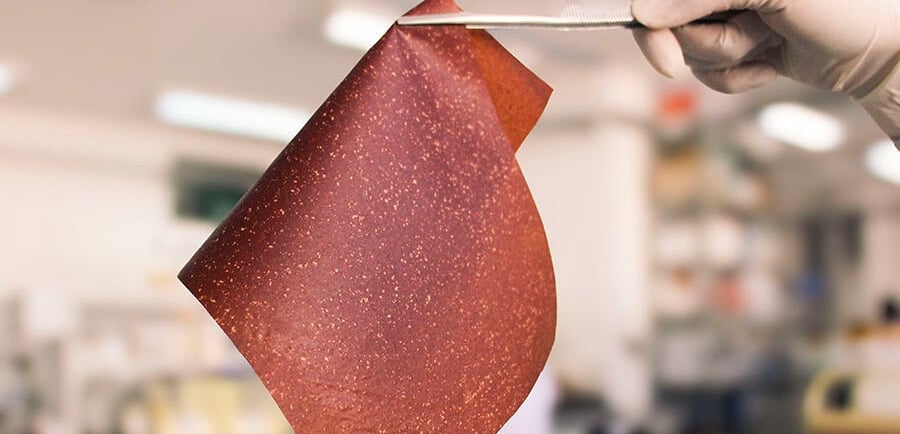Introduction
Banana peels, often considered agricultural waste, are now gaining recognition as a valuable resource for creating eco-friendly packaging materials. Researchers from Embrapa Instrumentation (SP) and the Federal University of São Carlos (UFSCar) have developed a process that converts banana peels into bioplastic films with antioxidant properties and UV protection, ideal for food packaging. This sustainable innovation could redefine the role of banana waste in the agricultural value chain.
The Process: From Peel to Bioplastic
The research team used the Cavendish banana variety—one of the most widely cultivated in the world—as the raw material. The process involved:
Drying and Milling: Banana peels were dried and ground into a fine powder.
Pretreatment: Two methods were tested—hydrothermal treatment using water and an acid-based treatment with diluted sulfuric acid.
Film Formation: The pretreated biomass was processed to create bioplastic films with added carboxymethylcellulose, a biodegradable polymer that enhances mechanical properties.
This method not only avoids waste but also simplifies the production process, making it feasible for industrial scaling.
Key Properties of Bioplastic Films
The resulting banana peel bioplastics showcased impressive attributes:
UV Protection: The films blocked over 98% of UVA and 99.9% of UVB radiation, making them ideal for preserving food from oxidative deterioration.
Antioxidant Activity: The films retained 50% of the antioxidants found in banana peels, helping extend the shelf life of packaged foods.
Durability: Mechanical properties of the films were comparable to low-density polyethylene (LDPE), commonly used in plastic packaging.
Eco-Friendliness: The process used water or mild acid solutions, generating no waste and utilizing all parts of the banana peel.
Why This Matters
Banana farming generates significant waste—approximately 417 kg of peels per ton of bananas processed. Traditionally discarded or underutilized, these peels now represent an opportunity to create biodegradable packaging materials. This innovation could help:
Reduce the environmental impact of non-biodegradable plastics.
Support a circular bioeconomy by repurposing agricultural byproducts.
Enhance food preservation through eco-friendly packaging solutions.
Future Implications
Researchers are optimistic about scaling this technology to industrial levels within 18 months, making it viable for global adoption. This breakthrough aligns with growing consumer demand for sustainable products and demonstrates the potential for banana peels to revolutionize the packaging industry.
Conclusion
Kanyat Fruit applauds the innovation behind banana peel bioplastics as a testament to the untapped potential within agricultural waste. By turning discarded materials into high-value, sustainable products, this technology embodies the future of eco-conscious agriculture and packaging.





